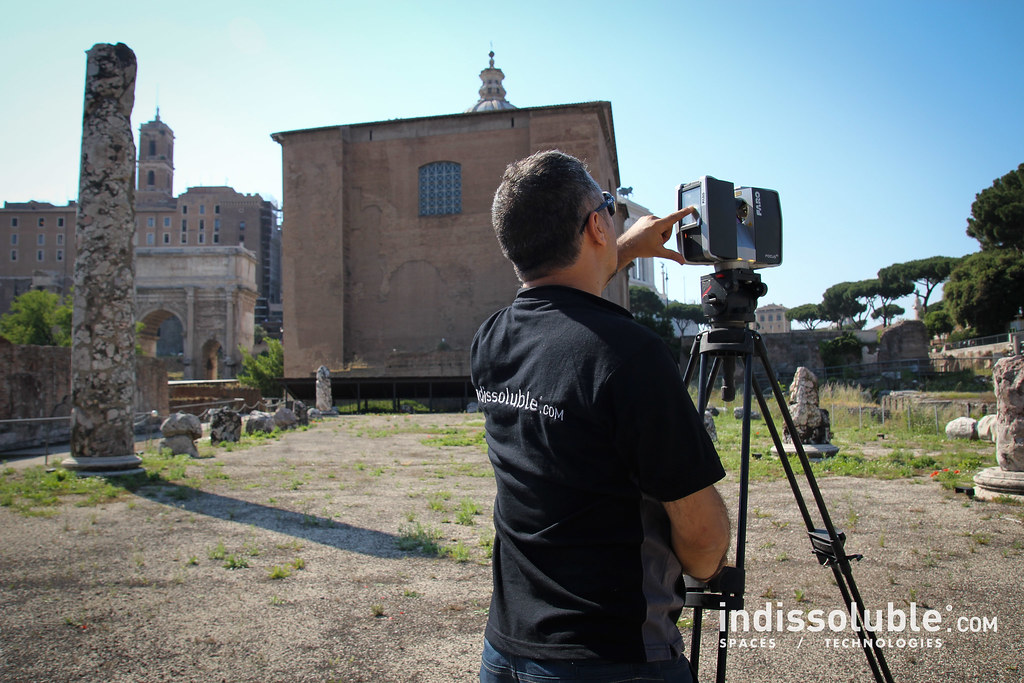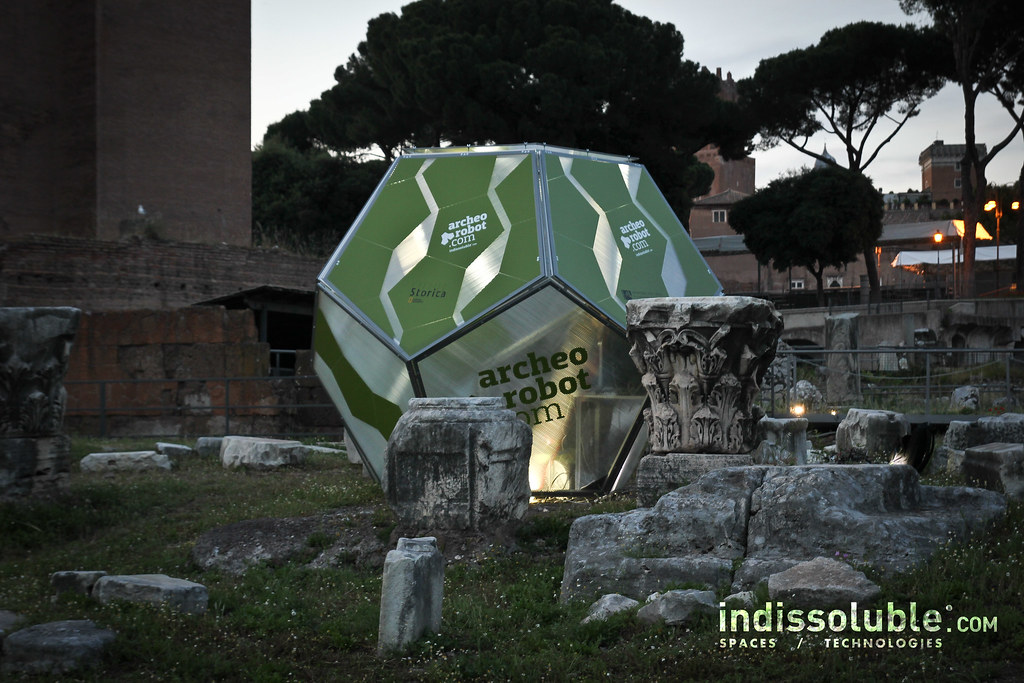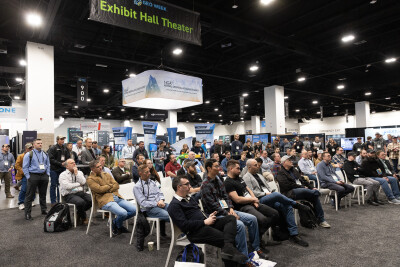One of the interesting things about the historic preservation piece of the 3D data capture market is that it brings new types of people to laser scanning – generally, the archaeologists and historians aren’t the surveyors and engineers who first discovered the devices and their utility. And in the case of those scanning ancient Roman sewers, they’re not even archaeologists.
Rather, those who’ve been tasked to document in 3D the Cloaca Maxima (literally the “biggest sewer”) by Soprintendenza Speciale per i Beni Culturali di Roma (basically, the body in charge of Rome’s archaeological heritage) are designers and builders by trade: indissoluble, a company trading in what they call multi-media architecture, designing and creating lots of things, but often very creative trade-fair booths, museum exhibitions, installations and the like.
I’m not sure how they got the gig, but they were brought in and used a combination of terrestrial laser scanning for the larger main duct and a contraption they call the ArcheoRobot for the tight space where no person or laser scanner could go, equipped with a video camera and some other sensors that let them pull out some 3D information.
Here’s a video they produced with the laser scan data of the main duct:
You can see they were doing some above-ground scanning as well. See if you can figure out what scanner they’re using:

That bit about Faro expanding the market? These kinds of firms are the ones that are jumping on the lower price point and the added flexibility/ease of use because of its size. Not to mention that a company who sets up operation like the following image understands the value of marketing, and they want to be able to tout their scanning abilities, I’m sure:

The robot itself is pretty cool, but it doesn’t have a scanner on it, I don’t think, despite published reports to the contrary. If I’m reading the specs right, I believe it just has an HD camera (or three), and some kind of IMU, and maybe a laser tracker. It’s kind of hard to say. I’m going to look into it.
In the meantime, though, the point is that laser scanning and video technology has brought together the design worlds and the archaeological worlds in a new and pretty cool way. I’m eager to see what indissoluble ends up producing with their data.





